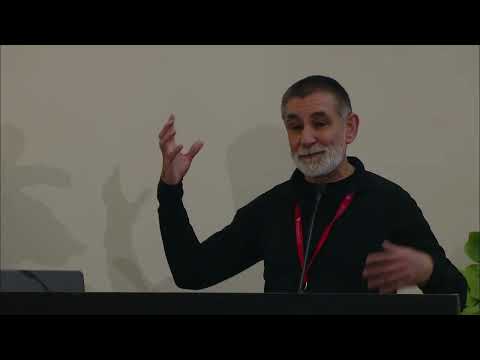Description:
Explore the use of gastric organoids as a model system for studying Helicobacter pylori in this 17-minute conference talk from the 2022 Gastric Cancer Summit. Presented by Dr. Manuel Amieva from Stanford University, delve into the background of H. pylori and its survival mechanisms in the gastric environment. Learn about innovative techniques for infecting organoids and visualizing the process through confocal microscopy. Examine the metabolic interactions between H. pylori and organoids, and investigate how the bacteria colonize the epithelium. Consider the relevance of these findings to human infections and discover new organoid models, including single biopsy and banked organoids. Investigate differentiation processes, attachment assays, mutant colonies, and virulence factors. Gain insights into cutting-edge single-cell RNA sequencing techniques used to further understand H. pylori-host interactions in this comprehensive overview of gastric organoid research.

Gastric Organoids as a Model System to Study H. pylori
Add to list